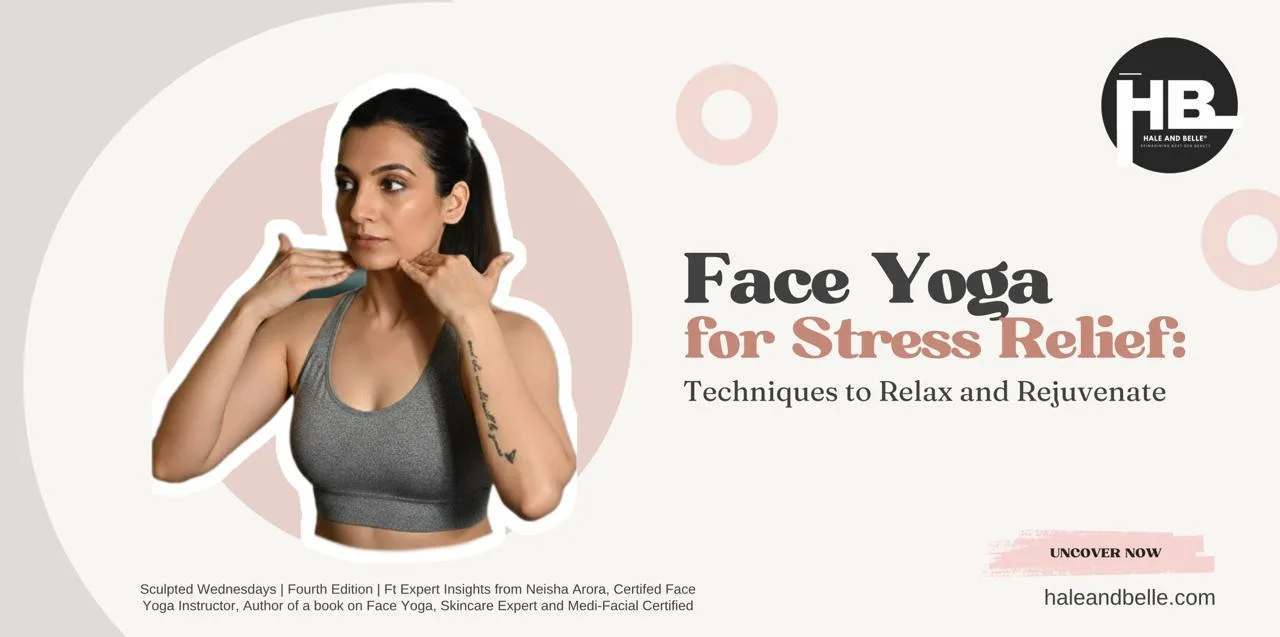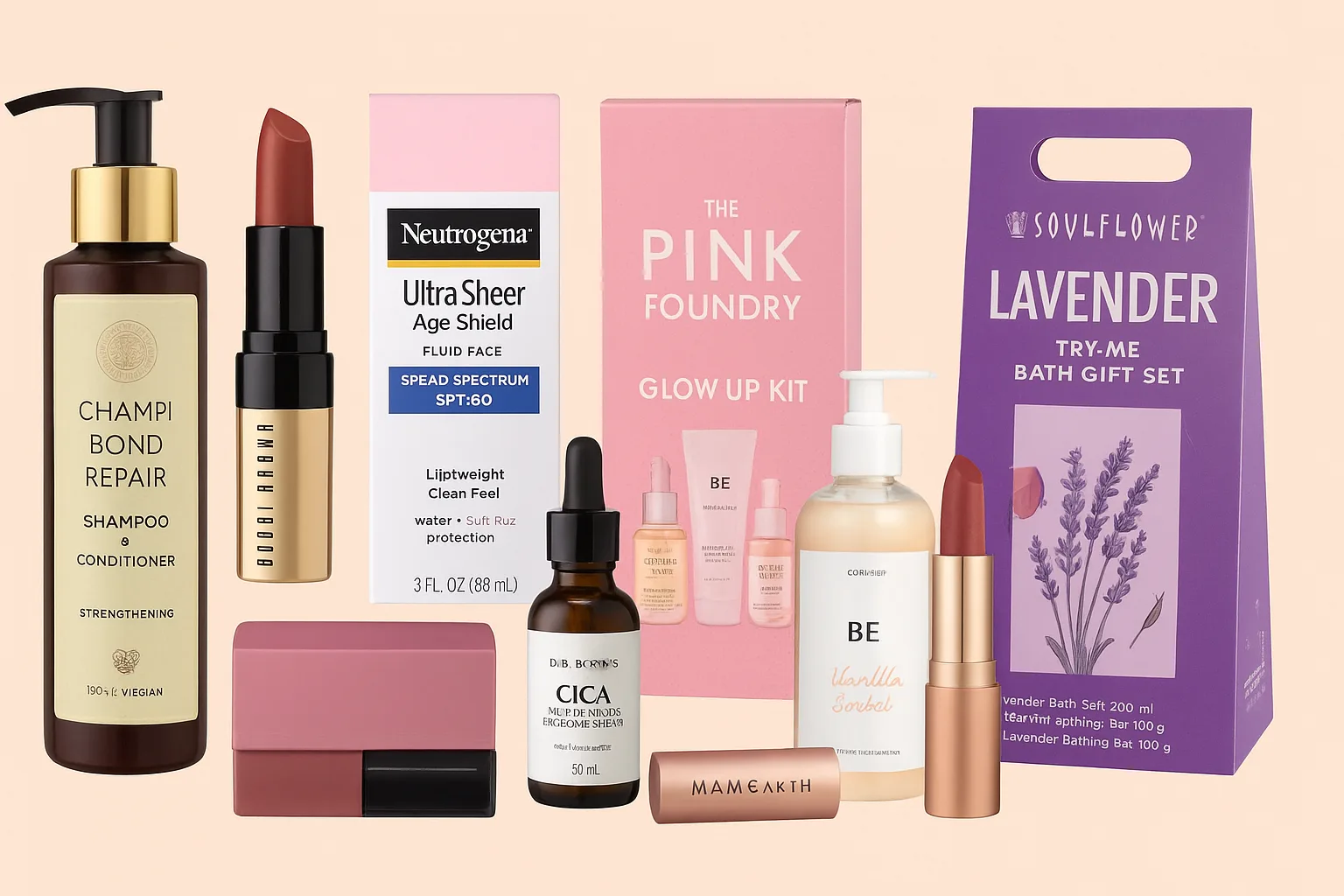If you’re serious about clear, youthful, and healthy skin, you’ve likely heard of tretinoin creams—the powerhouse ingredient trusted by dermatologists worldwide. Whether you’re battling acne, wrinkles, or stubborn dark spots, tretinoin works at a cellular level to transform your skin like no other skincare ingredient can.
But how does it work? What’s the right way to use it? And—most importantly—is it worth the hype? Let’s break it all down.
What Is Tretinoin?
Tretinoin, or all-trans retinoic acid, is a potent, prescription-grade retinoid derived from vitamin A. It’s clinically proven to:
- Speed up cell turnover
- Unclog pores and prevent acne
- Boost collagen production for firmer skin
- Fade hyperpigmentation and dark spots
Unlike over-the-counter retinol, tretinoin is stronger and works faster, making it the go-to choice for those serious about visible skin improvements.
Why Dermatologists Swear by Tretinoin
1. The Ultimate Acne Fighter
Tretinoin prevents and treats all types of acne—blackheads, whiteheads, cysts, and stubborn breakouts. It works by:
- Unclogging pores and reducing oil production
- Preventing future breakouts before they even start
- Fading acne scars and evening out skin tone
2. Gold-Standard Anti-Aging Treatment
Wrinkles? Fine lines? Sagging skin? Tretinoin stimulates collagen production, making skin firmer, smoother, and more elastic over time.
Studies show that consistent use for 6+ months can:
- Reduce fine lines and deep wrinkles
- Improve skin elasticity and texture
- Give a radiant, youthful glow
3. Fades Dark Spots and Hyperpigmentation
Tretinoin creams accelerates skin renewal, helping to fade:
- Sun damage
- Melasma
- Post-inflammatory hyperpigmentation (dark spots from acne)
With regular use, skin appears brighter, more even-toned, and refreshed.
How to Use Tretinoin Like a Pro
Getting the most out of tretinoin requires patience and the right routine. Follow these steps for maximum results with minimal irritation.
1. Apply at Night (Less is More!)
- Wash your face with a gentle cleanser and pat dry.
- Wait 10-15 minutes (applying to damp skin increases irritation).
- Use a pea-sized amount—yes, that’s enough for your entire face!
- Apply a moisturizer afterward to reduce dryness.
2. Start Slow & Build Tolerance
| Week | Usage Frequency |
| 1-2 | Every third night |
| 3-4 | Every other night |
| 5+ | Nightly if tolerated |
Pro Tip: If you experience dryness, apply moisturizer first, then tretinoin to buffer its strength.
3. Never Skip Sunscreen (SPF 30+ Minimum!)
Tretinoin creams increases your skin’s sensitivity to sunlight. Daily SPF is non-negotiable to prevent irritation and sun damage.
Side Effects & How to Manage Them
Expect an adjustment period in the first 4-6 weeks, often called the “tretinoin purge.”
| Side Effect | Why It Happens | How to Fix It |
| Dryness & Peeling | Faster skin turnover | Use a rich moisturizer |
| Redness & Sensitivity | Skin adjusting to tretinoin | Start slow, avoid harsh products |
| Breakouts | Pores purging trapped debris | Stick with it—this phase passes! |
Pro Tip: Hydration is key! Use niacinamide, ceramides, and hyaluronic acid to support your skin barrier.
Related Reads:
- 7 Best Retinol Lotions for Smoother, Firmer Skin – Expert Picks
- Ravinage vs. Retinol: Which Skincare Ingredient Suits You Best?
- Bakuchiol vs Retinol: Which is Best for Sensitive Skin?
- The Retinol 101: A Guide To The Types of Retinoids, Retinol Usage, and Related Myths
- Organix Mantra Retinol Face Serum Review: Does It Live Up to the Hype?
Tretinoin Before & After: What to Expect
How Long Does Tretinoin Take to Work?
- 4-6 weeks: Skin purging phase (don’t quit now!).
- 3 months: Noticeable acne and texture improvements.
- 6+ months: Significant anti-aging and brightening effects.
Tretinoin creams aren’t a quick fix, but the long-term results are worth it.
Tretinoin Strengths: Which One is Right for You?
| Strength | Best For | Irritation Level |
| 0.025% | Beginners, sensitive skin | Low |
| 0.05% | Moderate acne, aging | Medium |
| 0.1% | Severe acne, deep wrinkles | High |
Pro Tip: Always start with 0.025% to let your skin adjust before moving up.
Tretinoin Cream vs. Gel: Which One Should You Choose?
| Type | Best For | Texture |
| Cream | Dry to normal skin | Rich, moisturizing |
| Gel | Oily, acne-prone skin | Lightweight, absorbs quickly |
Both versions work the same, but your skin type determines which feels best.
Best Products to Use with Tretinoin
For faster results and less irritation, pair tretinoin with:
- Gentle Cleanser – No foaming, no stripping
- Hydrating Moisturizer – Ceramides, squalane, or niacinamide
- Sunscreen (SPF 30+ minimum!) – Zinc oxide-based for sensitive skin
Avoid: AHAs, BHAs, benzoyl peroxide, and harsh scrubs—these can make irritation worse.
FAQs: Answering Your Biggest Tretinoin Questions
1. Can I use tretinoin with vitamin C?
Yes! Use vitamin C in the morning and tretinoin at night for best results.
2. Will tretinoin make my skin worse before it gets better?
Yes, the “purge” phase is common, but temporary. Stick with it!
3. Can I use tretinoin forever?
Absolutely! Many dermatologists recommend long-term use for maintaining youthful, healthy skin.
4. Where can I buy tretinoin?
Tretinoin is prescription-only in most countries. Online dermatology platforms like Curology and Apostrophe offer virtual prescriptions.
Final Verdict: Is Tretinoin Worth It?
If you’re looking for scientifically proven results, tretinoin creams are a game-changer. Whether you want to banish acne, smooth wrinkles, or brighten your skin, this powerhouse ingredient delivers real, long-lasting transformations.
- Clinically backed for acne, aging, and hyperpigmentation
- Long-term results that get better over time
- Affordable compared to luxury anti-aging serums
Just remember: Consistency is key. Sunscreen is non-negotiable. And patience pays off.
Are you prepared to elevate your skincare routine? Tretinoin creams might just be your skin’s new best friend.
Want the latest scoop, exclusive deals, and skincare secrets? Follow us on WhatsApp and never miss a glow-up moment!




